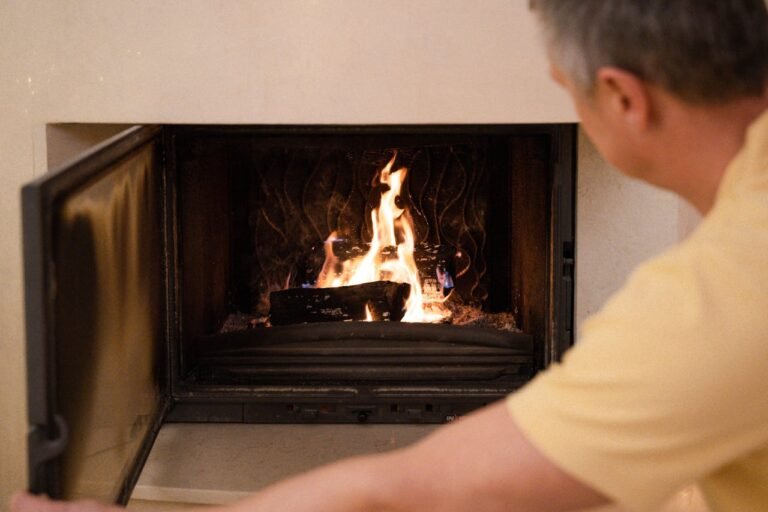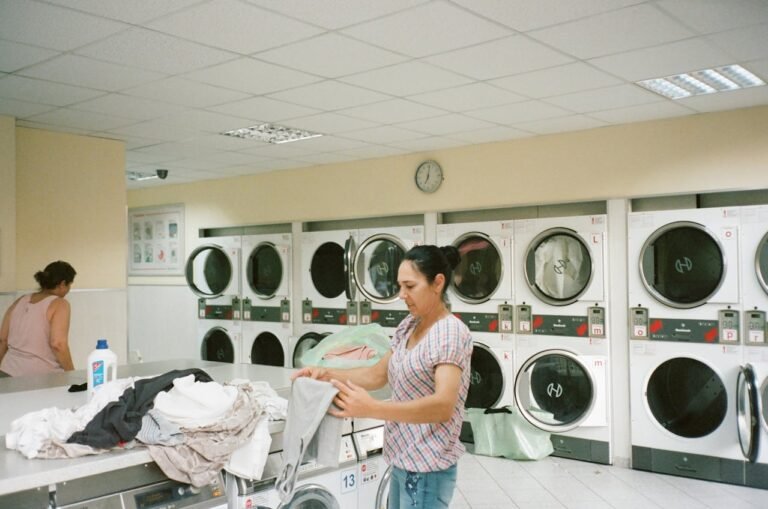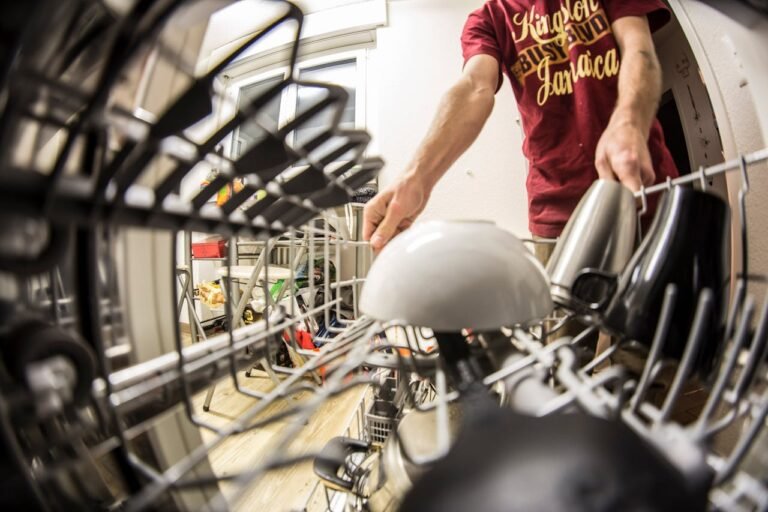How to Make Your Home More Sustainable: A Comprehensive Guide
As global awareness of climate change intensifies, people are beginning to understand and prioritise the transition to a more sustainable lifestyle. While reducing our carbon footprint is important, living sustainably in our homes is one of the most impactful ways to mitigate climate change. Our living spaces generate waste and consume energy, contributing to greenhouse gas emissions. Even from the early stages of construction, a home can leave a significant carbon footprint.
A sustainable home is a living space where the homeowner takes responsibility for ensuring efficient energy use, water conservation, proper waste management, a sustainable laundry routine, and making everyday choices that promote sustainability. This guide provides a comprehensive overview of proven techniques and innovative solutions to transform your home into an eco-friendly living space. By integrating simple sustainable methods, you can enhance both the comfort and efficiency of your home.
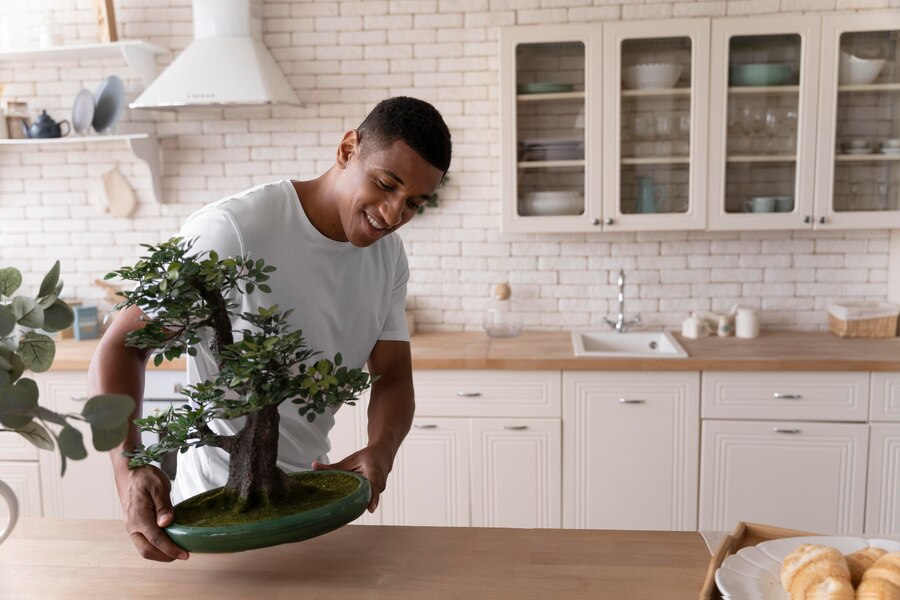
What Is a Sustainable Home?
A sustainable home is a living space designed, built, and maintained with a focus on sustainability, aiming to reduce its overall carbon footprint. These homes often rely on renewable energy sources and operate off the grid. Water conservation is achieved through the installation of resource-efficient devices. Sustainable homes generate less waste and prioritise composting, recycling, reducing, and repurposing old household items rather than discarding them.
Why Is a Sustainable Home Important?
The United Nations Environment Programme and other reliable sources estimate that buildings are responsible for about 40% of global greenhouse gas emissions, primarily due to energy use during construction and operation. Since these homes already exist and contribute significantly to global greenhouse gas emissions, homeowners can reduce their environmental footprint by investing in energy-efficient appliances, reducing energy consumption, and opting for renewable energy sources.
14 Proven Ways to Make Your Home More Sustainable
#1. Renewable Energy Integration
Homes, businesses, and even farms are investing in renewable energy. When it comes to living sustainably in your home, installing a renewable energy source like solar, wind, or geothermal power is an excellent choice and a great starting point.
- Solar Panels: Harness the power of the sun by installing solar panels on your home. A decision like this can help you lower your electricity bills, and depending on the area you live in, you can even sell excess energy back to the grid. Solar panel installations have become more affordable, with governments providing tax incentives for homeowners investing in solar power.
- Wind Power: Small wind turbines could be all you need to generate electricity for your home if you live in areas with sufficient wind speed. Although they are not as popular as solar, wind energy remains a reliable, clean energy source that can work in conjunction with solar panels.
- Geothermal Heating and Cooling: Geothermal systems use the earth’s temperature to cool and heat homes during different seasons. While the initial investment for installing a geothermal system can be high, it’s worth every penny to invest in this energy-efficient system.
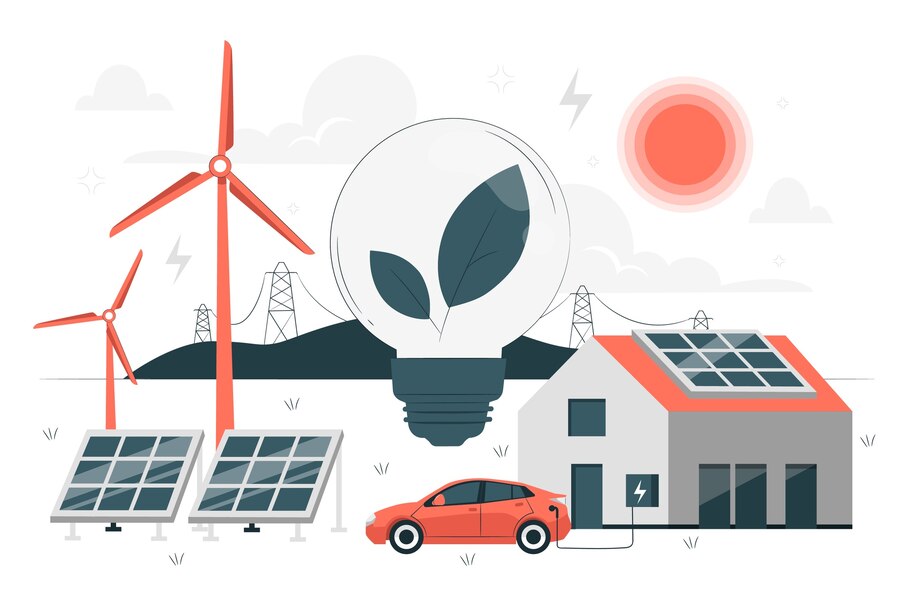
Learn More: Are Micro Homes Eco-Friendly? A Complete Guide to Sustainable Tiny Living
#2. Insulate Properly for Energy Efficiency
Proper insulation retains heat during winter and keeps your home cool during the hotter summer months. With effective insulation, you can regulate indoor temperatures, reducing utility costs.
- Floor Insulation: For homes with uninsulated floors, especially those on the ground floor, insulating the floor helps regulate indoor temperatures, leading to savings on utility bills.
- Roof and Attic Insulation: Start by insulating your roof or attic. An insulated attic can reduce heat loss by an estimated 25%. Efficient materials like fibreglass, cellulose, and spray foam insulation provide excellent thermal protection.
- Wall Insulation: Insulating external walls helps trap heat inside during winter. Older homes can be retrofitted with cavity wall insulation to improve energy efficiency.
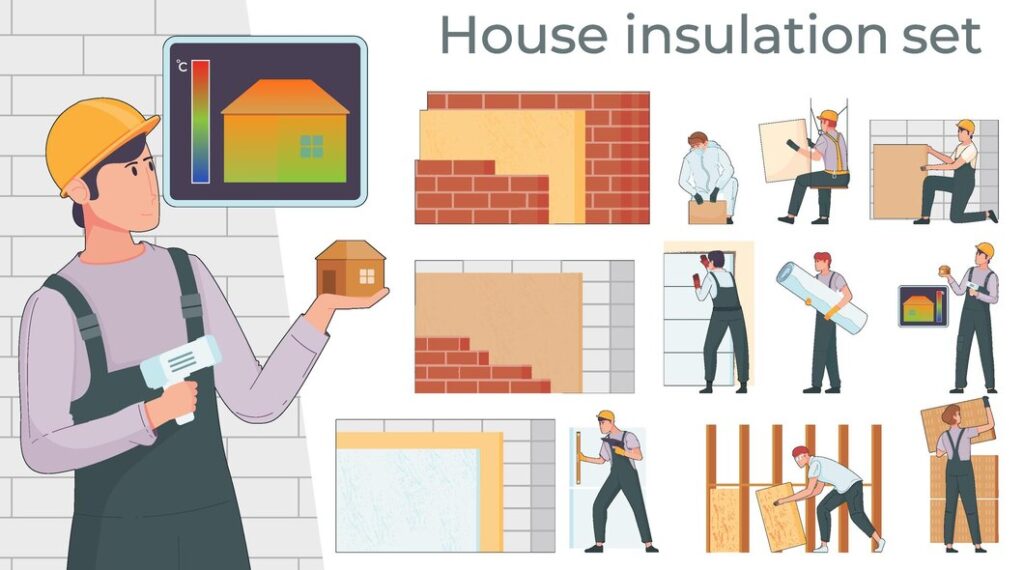
#3. Invest in Energy-Efficient Appliances
A sustainable home benefits from investing in energy-efficient appliances. Upgrading to these appliances reduces your energy consumption and lowers your expenses on energy bills. We recommend purchasing refrigerators, dishwashers, washing machines, and ovens with the ENERGY STAR certification.
Examples of Energy-Efficient Appliances:
| Appliance | Energy Savings | Typical Annual Savings |
| ENERGY STAR Refrigerator | Uses 15% less energy than standard models | $50–$100 |
| ENERGY STAR Dishwasher | Saves up to 3,870 gallons of water over its lifetime | $35–$60 |
| ENERGY STAR Washing Machine | Saves up to 25% on electricity, 33% on water use | $60–$150 |
Pro Tip: When it’s time for an upgrade, always look for rebates or incentives offered by energy companies or local governments to offset the initial investment.
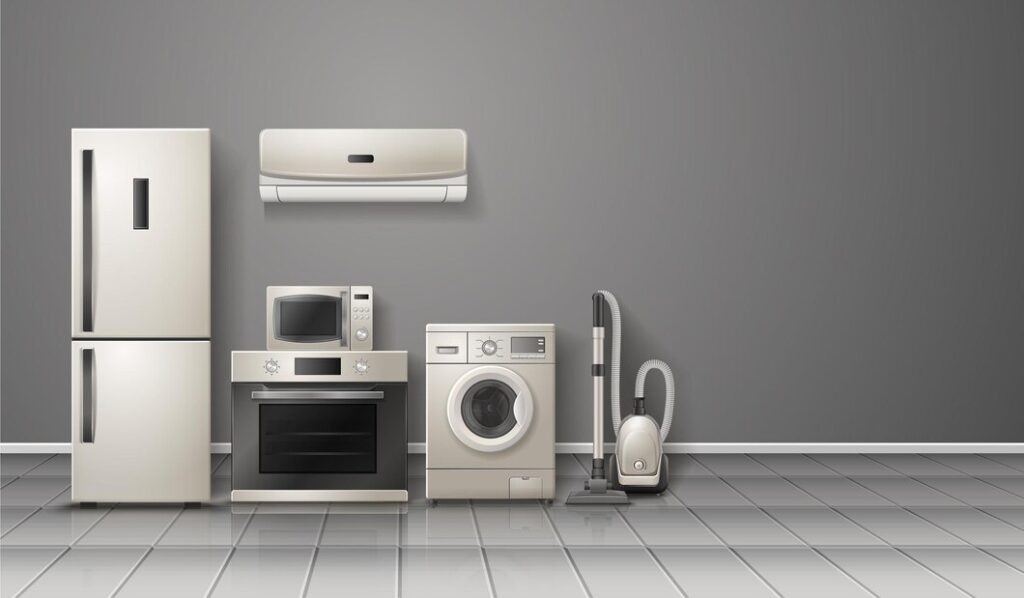
#4. Switch to Sustainable Building Materials
If you are planning to do some renovations or start a new project, it’s best to use sustainable building materials. These materials are eco-friendly and, even as waste, pose little to no threat to the environment.
- Recycled Steel: Recycled steel is an example of an eco-friendly building material and is more sustainable for use in home framing or as structural support. Using recycled materials for renovations or new projects helps reduce the rate at which resources are extracted to produce new steel.
- Bamboo Flooring: Bamboo is nature’s gift, a highly sustainable material used in various applications. It’s an excellent choice for flooring, even better than traditional hardwood because it grows much faster.
- Recycled Glass: Recycled glass is durable and environmentally friendly, commonly used for making tiles, countertops, and windows.
#5. Embrace Smarty Home Technology
Smart home technology ensures efficient energy use by optimising heating, lighting, and other systems. For instance, a smart thermostat evaluates your daily routine and adjusts temperatures accordingly, reducing energy consumption when you’re not home or are asleep.
Smart Home Features to Consider:
- Smart Thermostat: Capable of reducing energy consumption by up to 23%.
- Smart Lighting: Dimmable LEDs or smart lighting systems that adjust based on natural light can significantly lower electricity usage.
- Home Energy Monitoring Systems: These advanced systems allow you to track real-time energy usage and identify opportunities to reduce consumption.
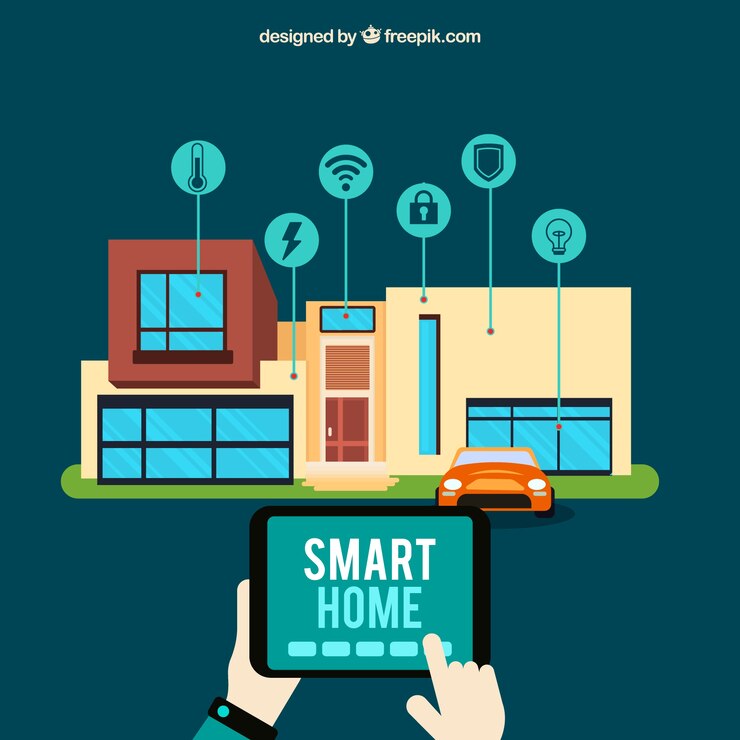
#6. Install High-Performance Windows
High-performance windows with double or triple panes, low-emissivity (Low-E) coatings, and gas-filled spaces between the panes can reduce both heat loss and heat gain.
- Low-E Windows: Low-E windows are designed with a special coating that reflects infrared light, helping to retain heat indoors during the winter while keeping the interior cool in the summer.
- Argon Gas Windows: Argon, a non-toxic gas, is used to fill the space between panes of glass in double- or triple-glazed windows. It offers superior insulation compared to windows filled with air.
Learn More: Eco-Friendly Heating Options: 10 Sustainable Ways to Heat Your Home
#7. Water Conservation: Harvest Rainwater
Rainwater harvesting systems are common installations that a sustainable home should have. Collecting rainwater for later use can be beneficial for non-potable purposes like toilet flushing, irrigation, and outdoor cleaning.
Benefits of Rainwater Harvesting:
- Reduces dependency on municipal water supplies.
- Low water bills.
- Helps prevent flooding by diverting stormwater away from sewers.
Rain barrels, underground storage tanks, and filtration systems can be installed in homes to collect and store rainwater.
#8. Improve Water Efficiency Indoors
Installing water-efficient fixtures in your home can reduce water consumption without sacrificing performance. While checking for leaks is necessary, installing low-flow showerheads, faucets, and dual-flush toilets will further lower your water usage.
Water-Efficient Fixtures:
| Fixture | Potential Savings |
| Low-Flow Showerheads | Saves up to 2,700 gallons/year |
| Dual-Flush Toilets | Saves up to 4,000 gallons/year |
| Faucet Aerators | Reduces water use by 30-50% |
Additionally, installing tankless water heaters is another energy-efficient option that effectively reduces the energy required to heat water.
#9. Opt for Sustainable Landscaping
Sustainable landscaping is a well-planned approach to incorporating greenery into your property. It involves choosing plants, grasses, and trees that require minimal maintenance. Native plants are an excellent option as they easily adapt to the local climate and soil.
- Xeriscaping: This is a landscaping method designed to reduce the need for irrigation. It involves planting drought-tolerant species, mulching to retain soil moisture, and using efficient irrigation systems like drip watering.

#10 Compost Organic Waste
A sustainable home should have a compost bin or even an electric composter. Composting food scraps and other organic waste provides nutrient-rich soil for gardening. It also reduces the chances of toxic gases building up in landfills.
Compostable Materials:
- Fruit and vegetable scraps
- Coffee grounds
- Eggshells
- Grass clippings and leaves
Benefits of Composting:
- Reduces methane emissions from landfills
- Enriches soil, promoting healthy plant growth
- Reduces the need for chemical fertilisers
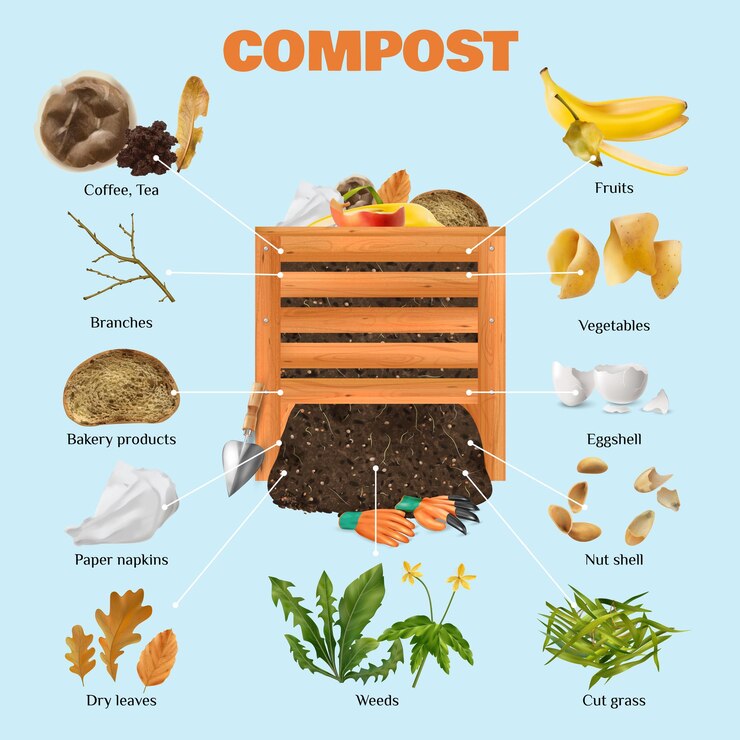
#11. Choose Sustainable Flooring
Reclaimed wood, bamboo, cork and recycled tiles are among sustainable flooring options suitable for renovation and construction projects. These materials are environmentally friendly and easy to install in homes.
Sustainable Flooring Options:
| Material | Environmental Benefits |
| Bamboo | Renewable and grows quickly with minimal inputs |
| Reclaimed Wood | Reduces demand for new timber, gives new life to old wood |
| Cork | Harvested from bark without damaging the tree |
| Recycled Tile | Made from recycled materials, reducing waste |
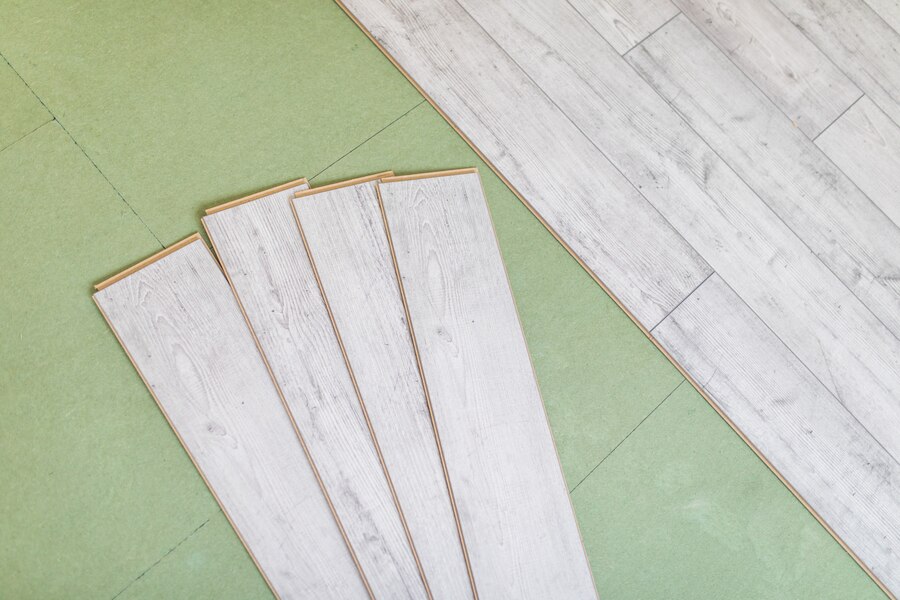
Learn More: Sustainable Approaches to Home Renovation and DIY Projects
#12. Use Non-Toxic Paint and Materials
Avoid using conventional paints and materials for your renovation projects—conventional paints are known to emit volatile organic compounds (VOCs), which can affect indoor air quality. Use only paints and building materials that are low in VOCs or VOC-free. Low-VOC paints are ideal for indoor spaces as they are designed to minimise harmful emissions.
Benefits of Using Non-Toxic Paint:
- Improved Indoor Air Quality: Low-VOC paints reduce emissions, creating a healthier living space, especially for individuals with allergies or sensitivities.
- Durability: Many low-VOC paints are formulated to be more durable and easier to clean, extending the life of your interior walls.
- Choosing Sustainable Finishes: Always opt for non-toxic adhesives, sealants, and finishes for furniture and cabinetry. Linoleum, a natural material, can be a sustainable flooring option.
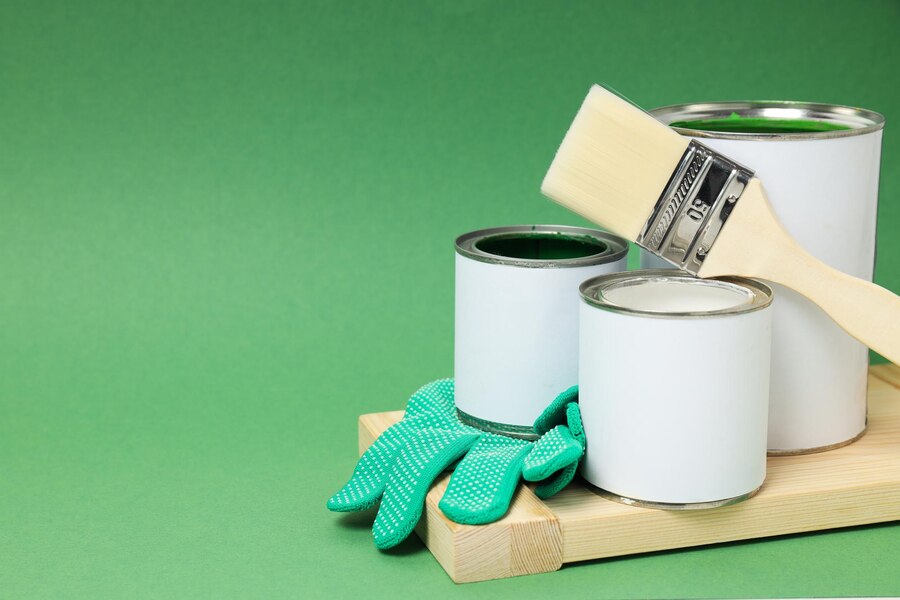
#13. Implement a Zero-Waste Lifestyle
Living a sustainable lifestyle involves generating zero waste through eco-conscious purchasing to avoid packaging waste, upcycling household items, repurposing, and recycling.
Strategies for Achieving Zero Waste:
- Compost: Composting food scraps and yard waste diverts organic materials from landfills, as mentioned earlier.
- Refuse: Avoid unnecessary products with excessive packaging. Bring reusable bags, bottles, and containers when shopping.
- Reduce: Minimise what you purchase and own. Embrace minimalism and make conscious decisions about what to bring into your home.
- Recycle: Ensure that recyclables like paper, cardboard, glass, and metals are sent to designated facilities. Research local recycling guidelines to maintain effective recycling practices.
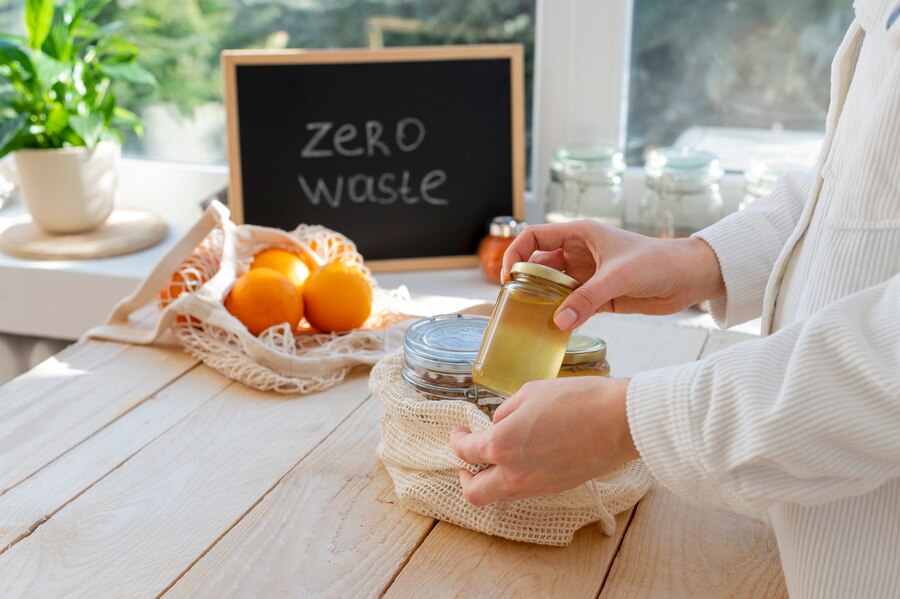
#14. Create an Energy-Efficient Home Office
Working remotely is very common today, and when planning to set up a home office, it’s important to do so sustainably. Here is our recommendation for creating an eco-friendly workspace:
- Choose Energy-Efficient Equipment: Use ENERGY STAR-rated computers, printers, and other electronics to minimise energy consumption.
- Use Natural Lighting: Position your desk near windows to maximise natural light and reduce the need for artificial lighting.
- Incorporate Biophilic Design: Bring the outdoors inside by adding plants to your office. They improve air quality and enhance your mood and productivity.
Conclusion
Making your house more sustainable is not just a trend; it’s a necessary step toward a healthier planet and a more efficient lifestyle. By integrating renewable energy sources, improving insulation, investing in energy-efficient appliances, and embracing sustainable materials, you can significantly reduce your home’s environmental impact.
These practices help lower greenhouse gas emissions and conserve valuable resources, creating a win-win for both homeowners and the environment. Every step you take toward a more sustainable home is a step toward a more sustainable future.
Start your journey toward sustainability today! Choose one or two strategies from this guide to implement in your living space. Share your progress with friends and family to inspire them to make changes in their homes as well. Together, we can create a more sustainable world, one home at a time.

